New perspectives: a sky-high festival celebrates London’s Balfron Tower during the LFA
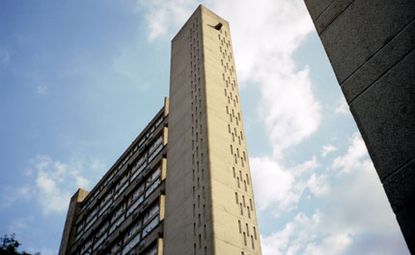
The architect Erno Goldfinger is indelibly associated with the Trellick Tower, the once-derided concrete edifice on London’s western fringes that bucked anti-Brutalist sentiment to become one of the capital’s most desirable designer pied-a-terres.
About ten miles due east sits the Trellick’s still lesser-known sibling, the Balfron Tower. Completed in 1967, it predates Trellick by five years and was something of a testbed for the architect’s quest to perfect the interaction between apartments, services, and surroundings. After completion, the Goldfingers took their own apartment in the Balfron, number 130, and ran champagne-fuelled consultancies with the residents to hone the way the flats were laid out; ideas that were taken forward with the Trellick.
The Balfron still stands as bold and robust as it did the day it opened. Living spaces are generous by today’s paltry standards, and every apartment is dual aspect, with views west over the City and east towards Essex. Of course, the Balfron also hasn’t been without its problems. Goldfinger embedded services deep within the core, making upgrading problematic, destructive and expensive. Fancy ideas like tennis courts and integral sandpits were never properly used and there were the usual problems with lifts, lights and insulation.
Ultimately, while the Trellick benefited hugely from the uplift of its west London location, turning it into a desirable (and expensive) place to live, the Balfron lost out in the location stakes. Looming large over the approach road to the Blackwall Tunnel, close to East India Dock Road, it lords over a long-overlooked stretch of London that can practically touch the silvery towers of Canary Wharf; although didn’t have the chance to benefit from similar investment up till now.
Change is afoot. Poplar HARCA, a local housing association, has a major refurbishment underway. Carradale House, the low rise Goldfinger block alongside the Balfron, has already been given a substantial overhaul, and the next step is to tackle the tower.
In this interim state, the Balfron Tower finds itself the central hub of new British Council-led mini festival - itself part of the wider London Festival of Architecture programme. New Perspectives: A Celebration at Balfron on 21 June is described as a ’vertical carnival’, with a collection of in-tower installations by interior design students from the RCA, weaving narratives and performances around the building.
As well as playing host to the RCA, the tower will contain an exhibition related to the British Council’s International Architecture Showcase, an ongoing programme that looks at how émigrés and outsiders have shaped the city. Pairing international architects with London firms, a set of ten teams are working on a new idea for the tower itself and its surroundings. Elsewhere, there are walking tours, artist talks, film screenings and a rooftop panel event, offering up London as a backdrop to a discussion on the émigré architecture in London over the decades. Seize a rare chance to take a skyline tour of London from a new perspective.
Wallpaper* Newsletter
Receive our daily digest of inspiration, escapism and design stories from around the world direct to your inbox

In the interim, the Balfron Tower finds itself the central hub of new British Council-led vertical festival: New Perspectives: A Celebration at Balfron on 21 June
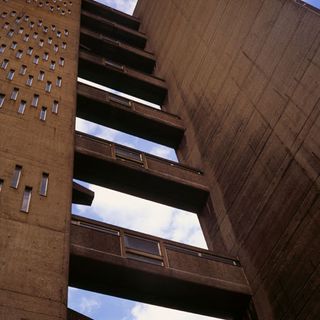
Completed in 1967, the Balfron predates the architect's more famous tower - the Trellick - in West London, by five years, and was something of testbed for the architect's quest to perfect the interaction between apartments, services, and surroundings
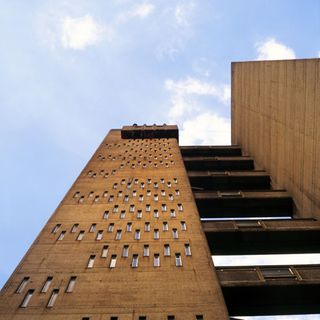
A tower containing the vertical circulation is linked to the main body of the building, where the apartments are connected by bridges
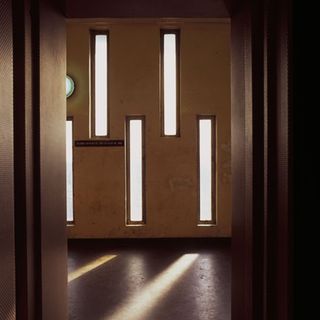
Vertical slits in the lift and staircase volume bring soft light into the circulation areas

After completion, the architect himself took residence in one of the flats

Corridors leading to the apartments wrap each side of the building
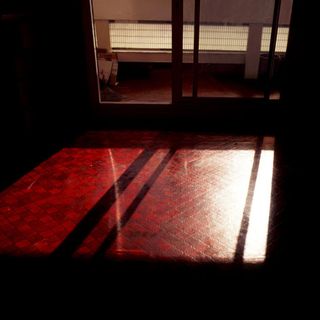
The apartments are generous in size and each have outside balcony space
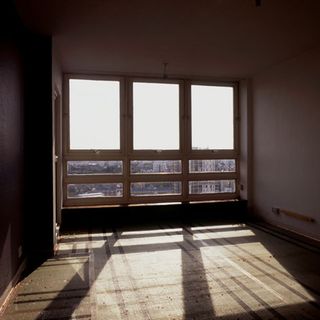
Impressive London views to the East and West of the city are the Balfron's strongest selling point
ADDRESS
Balfron Tower,
St Leonards Road,
London E14 0QT
Jonathan Bell has written for Wallpaper* magazine since 1999, covering everything from architecture and transport design to books, tech and graphic design. He is now the magazine’s Transport and Technology Editor. Jonathan has written and edited 15 books, including Concept Car Design, 21st Century House, and The New Modern House. He is also the host of Wallpaper’s first podcast.
-
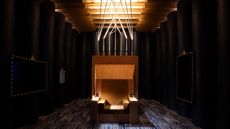 David Lynch presents 'A Thinking Room' at the Salone del Mobile
David Lynch presents 'A Thinking Room' at the Salone del MobileHere's a first look at the David Lynch Salone del Mobile 2024 installation, a cinematic experience within the fair curated by Antonio Monda
By Laura May Todd Published
-
 Riva El-Iseo is the legendary boat builder’s first fully-electric motor yacht
Riva El-Iseo is the legendary boat builder’s first fully-electric motor yachtThe Riva El-Iseo electric speedboat blends classic Italian lines with a silent, powerful and zero-emission powertrain
By Jonathan Bell Published
-
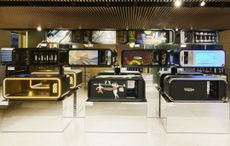 Technogym Home Bench 40 ways: designers interpret the home exercise classic
Technogym Home Bench 40 ways: designers interpret the home exercise classicTechnogym marks its 40 anniversary with 40 special editions of its Home Bench created in collaboration with international creatives
By Rosa Bertoli Published
-
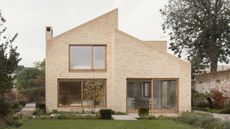 Timber-framed Wimbledon house is a minimalist, low-energy affair
Timber-framed Wimbledon house is a minimalist, low-energy affairA new timber-framed Wimbledon house is designed to blend into its traditional surroundings with a neat brick façade, careful massing and pared back interiors
By Jonathan Bell Published
-
 London Science Museum’s Energy Revolution gallery champions sustainable exhibition design
London Science Museum’s Energy Revolution gallery champions sustainable exhibition designThe Energy Revolution gallery opens at London’s Science Museum, exploring decarbonisation through sustainable exhibition design by Unknown Works
By Ellie Stathaki Published
-
 This South Downs house stands as a testament to the value of quiet refinement
This South Downs house stands as a testament to the value of quiet refinementAt one with the landscape, a South Downs house uses elements of quintessential country villas and midcentury gems with modern technologies
By Jonathan Bell Published
-
 Ash Tree House offers a contextual approach to a north London site
Ash Tree House offers a contextual approach to a north London siteAsh Tree House by Edgley Design is a modern family home in a north London conservation area's backyard site
By Ellie Stathaki Published
-
 In memoriam: John Miller (1930-2024)
In memoriam: John Miller (1930-2024)We remember John Miller, an accomplished British architect and educator who advocated a quiet but rigorous modernism
By Jonathan Bell Published
-
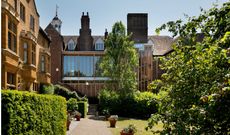 River Wing at Clare College responds to its historic Cambridge heritage
River Wing at Clare College responds to its historic Cambridge heritageUniversity of Cambridge opens its new River Wing on Clare College Old Court, uniting modern technology with historic design
By Clare Dowdy Published
-
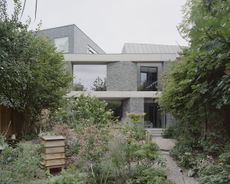 Camden Workshop offers flexible family space in a transformed north London warehouse
Camden Workshop offers flexible family space in a transformed north London warehouseCamden Workshop, a transformed industrial space in north London, was designed by architects McLaren Excell to combine residential space and a creative studio for its owners
By Ellie Stathaki Published
-
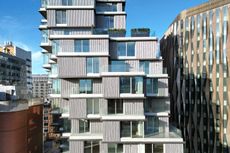 The Haydon shows off its dramatic stepped volume and triplex penthouse
The Haydon shows off its dramatic stepped volume and triplex penthouseThe Haydon, designed by architects Acme, reveals the triplex penthouse within its dramatic, stepped volume in London’s Aldgate
By Ellie Stathaki Published